Innovation update April 2020
Innovation update April 2020
Welcome to the latest issue of our innovation newsletter. In this issue we look at findings from our Celsius project and the next steps for our Smart Street project.
Celsius project is hot stuff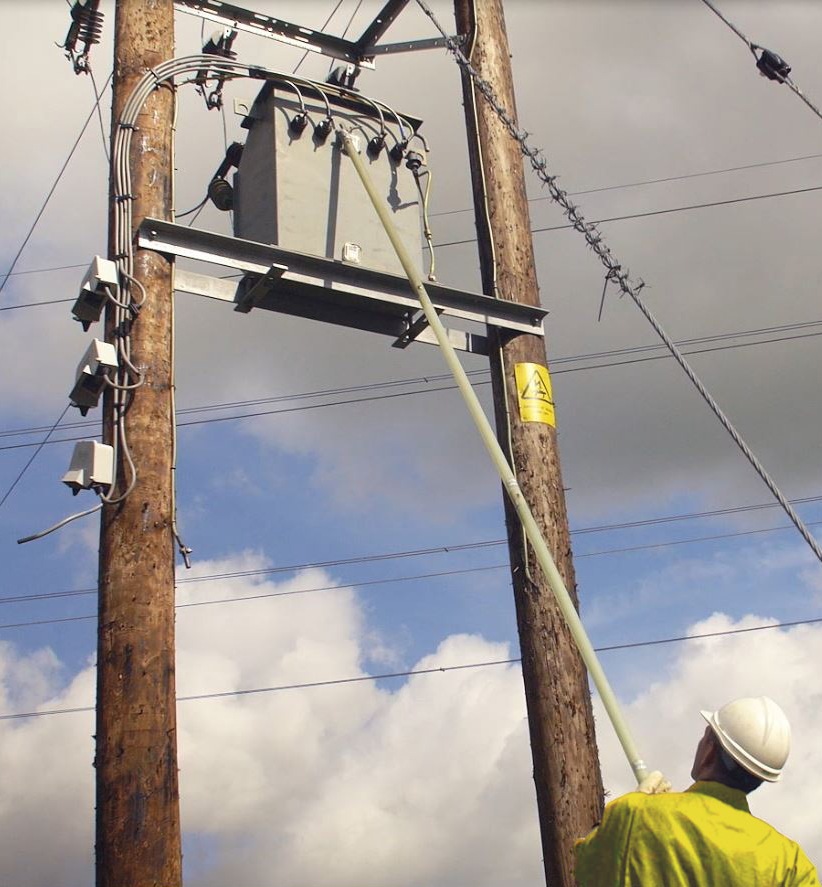
Last month saw the closedown of our pioneering Celsius project, the first solution of its kind in Great Britain. As part of the project we have successfully trialled ‘thermal monitoring’ at 520 substations across the North West, and installed a range of retrofit cooling techniques at 100 of the trial sites.
Usually the amount of power we transmit through a transformer is limited by its manufacturer’s rating which protects it from overheating. But the Celsius project has proved that by simply installing thermal monitoring, we are able to better understand the temperature of a transformer and release more capacity.
In addition we trialled a range of retrofit cooling technologies, such as improved ventilation, heat extraction fans and alternative kinds of backfill material for underground cables, which help to cool down equipment in substations, and release even more capacity.
Both techniques reduce long-term costs for customers, avoid early asset replacement and prepare our network for renewable energy.
Throughout the project we gathered data from the trial substations to understand which of the different technologies were most effective and how the environment and temperature affect our electrical equipment. At the same time we carried out a series of surveys to find out what customers living or working near to the substations thought of the new technologies.
If rolled out across our network, Celsius could save customers £31 million over the next 30 years, and £399 million if rolled out across Britain.
The next steps for the project are to incorporate Celsius methods into our business as usual processes.
You can download the complete Celsius closedown report from our webpage.
Next steps for Smart Street innovation
Last year we were awarded £18 million from the ‘Innovation Rollout Mechanism’ (IRM), to install groundbreaking Smart Street technology at 180 substations across the North West.
The original Smart Street project proved that by installing intelligent software and innovative devices, we can make our low voltage network run more efficiently which brings a number of benefits to customers. It can reduce electricity bills, reduce carbon emissions and provide more flexible solutions to help us connect low carbon technologies to the network – all without impacting power quality.
The rollout will target areas with a high uptake of low carbon technologies, such as electric vehicles and solar panels, particularly where these overlap areas of fuel poverty. This will benefit up to 45,000 customers, reducing electricity consumption by 5-8% per year and saving up to £60 a year off electricity bills.
The first stage of the three-year delivery period is to develop the criteria for selecting the substations. We will then carry out site assessments prior to design work at each of the sites.
Transformers with onload tapchangers (OLTC) will be fitted in each of the 180 substations which will be meshed to adjacent substations on the low voltage network. The OLTCs will be controlled centrally by Electricity North West’s network management system.
We have now started work on the detailed specification for the design of this control functionality and have begun work to procure the network equipment needed for the project, having placed an initial order for the OLTCs. We are monitoring how Covid 19 is impacting the supply chain and how that may affect delivery of the project.
Smart Street is part of our ‘Leading the North West to Zero Carbon’ plan which has committed £63.5 million between 2019-2023 to support the North West’s decarbonisation targets. Find out how we're making our plan a reality in our video or find out more about Smart Street on our webpage.
Sentinel makes good progress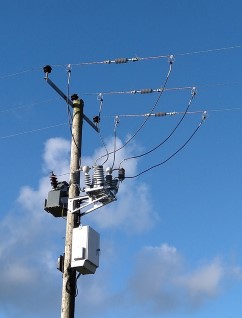
Our NIA-funded Sentinel project is trialling a fault ‘radar’ detection and location system on our high voltage overhead network. New sensors on our overhead lines will enable us to detect and repair broken or damaged equipment and low hanging conductors more quickly, which will improve safety and customer service.
Overall the project is progressing well. Although poor weather conditions over the winter have hampered access to some of our test sites, we have now completed the installation of 110 out of 150 sensors, and have used alternative trial sites where possible.
During the last six months the project has been focused on live testing, analyses and the development of a more rigorous test programme, including the design of a mobile test unit. The mobile test platform provides a quicker and easier way to test and analyse the system’s response to high voltage (HV) faults, which removes the need to install temporary equipment on landowners’ premises, potentially damaging land.
In November 2019 we carried out a number of HV and low line clearance tests which demonstrated that simulated HV faults could be identified within 200 metres of the exact fault location. These results have given enormous confidence in the Sentinel technology. We have also carried out a low line clearance test by effectively raising the ground plane to simulate a low hanging conductor. The results of this test identified a clear change in electrical characteristics at the exact fault location.
As more real time events occur on the system we will fine-tune the technology which will enhance learning from the project and allow us to quantify the full safety and customer benefits of the Sentinel project.
Understanding the value of lost load
Our NIA-funded Value of Lost Load (VoLL) research has demonstrated that the value electricity consumers place on the security of their supply, has increased significantly since Ofgem set the single value for our current regulatory period (RIIO-ED1). This is due to greater dependency on electricity and changing customer needs and expectations.
The existing single VoLL is aggregated across all customer groups to provide a price signal that is used to determine investment levels in the network. Our study concluded that a uniform VoLL significantly undervalues the needs of specific customers (notably the fuel poor, vulnerable and early adopters of low carbon technologies) while others are over represented, driving potentially inefficient investments.
This year we led an industry consultation with Ofgem and other distribution network operators (DNOs), to explore the practicalities of implementing a disaggregated investment model in RIIO-ED2. A key output of our engagement is a proposed segmentation model where VoLL is calculated for a defined region by applying a weighted combination of values that represent the customer characteristics in that area.
If Ofgem accepts our proposal, equitable distribution use of system (DUoS) charges will be maintained, while DNOs are able to make smarter investment decisions and prioritise investment where it will most benefit customers.
Over 6,000 GB customers were consulted in the original study. A follow-on survey with 2,000 customers has helped us to better understand perceptions about the fairness of replacing the static model with a variable VoLL. This research demonstrated that large scale and lengthy power cuts have the potential to increase VoLL. Results of the analysis also suggests that customers would consider a variable model fairer and more desirable than a single model.
Find out more about our findings from the VoLL project on our webpage.
Empowering our communities
Last autumn we invited groups from across the North West to bid for a quarter of a million pounds-worth of funding to address energy issues across the region from our new Empowering our Communities Fund. We are pleased to announce that a total of 18 projects have made successful applications to this year’s fund.
Empowering our Communities is an annual fund to help local communities become more resilient, through generating their own energy, supporting energy efficiency or promoting information to help customers in vulnerable circumstances.
The fund was created from the amalgamation of our successful Powering our Communities Fund and Vulnerable Customer Grants. The combination of the two funds means more money is available to empower even more communities across the North West.
Criteria are broad and applications are accepted from a range of organisations including community benefit societies, industrial provident societies, charities, schools and local authorities.
The funding can be used to support a wide range of activities including producing materials, buying equipment, supporting staff time or technical expertise and much more.
You can find out more about this year’s successful community energy projects and vulnerable customer partnerships on our webpage.
National innovation strategy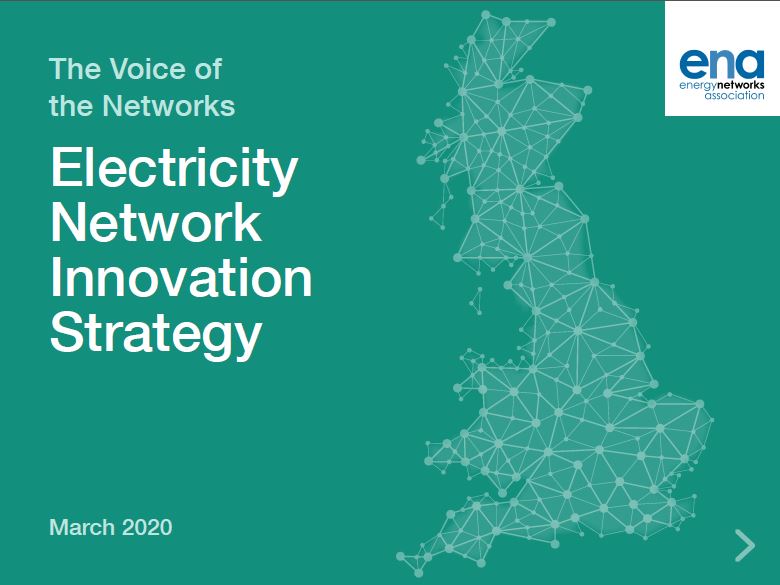
As the voice of Great Britain's energy networks, the Energy Network Association (ENA) publishes a joint electricity innovation strategy at least every two years.
The strategy aims to identify the most important challenges and opportunities facing Great Britain’s energy networks in supporting the delivery of our net zero carbon emissions targets, and delivering essential services to customers.
Innovation helps us deliver those goals by trialling new technology and approaches, and the strategy also sets out how knowledge is shared across the sector and with the wider industry.
Building on this approach in partnership with stakeholders, the revised and refreshed strategy has set out to encourage: wider participation within innovation, shared learning and collaboration across the industry, coordinated action on priority areas that offer significant potential benefit and to minimise duplication.
The latest strategy document was published on 31 March 2020 and can be found on the ENA website.
Network Innovation Competition 2020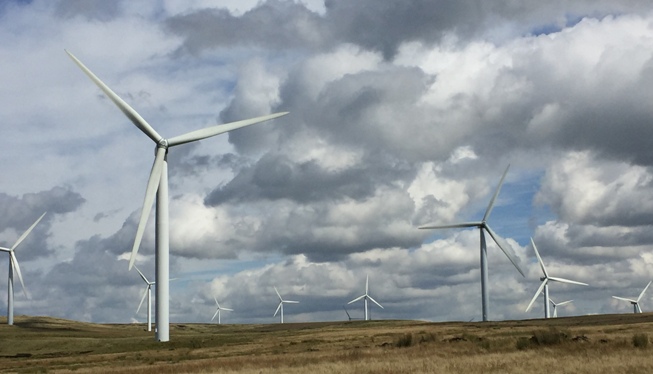
We have submitted an application to the Initial Screening Process of the Network Innovation Competition (NIC) for our Quest project.
More details to follow in our next newsletter.
Useful links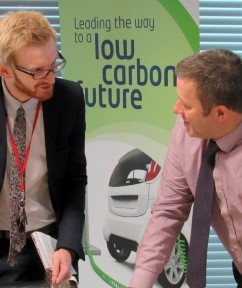
You can find out more detailed information about our strategy and all of our innovation projects using the following links:
- Our innovation strategy
- Our LCN Fund project Smart Street
- Our NIC project Celsius
- Our NIA projects
- Meet the Electricity North West innovation team
- The Electricity Networks Association smarter networks portal
Or contact us at innovation@enwl.co.uk.